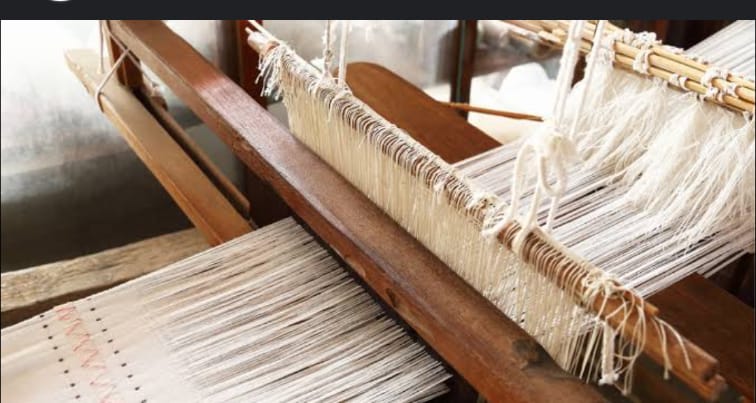NATIONAL HANDLOOM DAY
By Anshika Khera

Every year on August 7th, India observes National Handloom Day to honor the handloom weavers and celebrate the country’s rich and diverse handloom heritage. The day is not just a tribute to the craftsmanship of Indian weavers, but also a reminder of the economic and cultural importance of the handloom industry in India’s history and contemporary society.
National Handloom Day commemorates the Swadeshi Movement, which was launched on August 7, 1905, in protest against British economic policies and the partition of Bengal. The movement emphasized the use of domestic products and the revival of indigenous industries, particularly handloom weaving. By choosing this date, the Government of India connects today’s handloom industry with a pivotal moment in India’s freedom struggle.
The first National Handloom Day was celebrated on August 7, 2015, and was inaugurated by Prime Minister Narendra Modi in Chennai. Since then, the day has gained recognition as a celebration of tradition, sustainability, and self-reliance.
The handloom sector is the second-largest employment generator in rural India, after agriculture. It provides livelihood to over 3.5 million weavers and artisans, a majority of whom are women. Handloom weaving is an eco-friendly and sustainable industry that uses minimal electricity and water.
India is home to a wide range of traditional textiles such as Banarasi, Chanderi, Pochampally, Kanchipuram, Patola, and Jamdani, each showcasing the distinct regional identity, heritage, and artistry of the weavers.
In recent years, designers and fashion brands have also played a role in modernizing handloom textiles, giving them a contemporary touch while preserving traditional techniques.
National Handloom Day is more than a celebration it is a movement to preserve the country’s textile traditions and empower millions of artisans. By choosing handloom, we are not just embracing eco-conscious fashion but also supporting local economies and sustaining centuries-old legacies.
